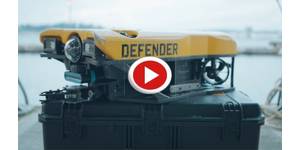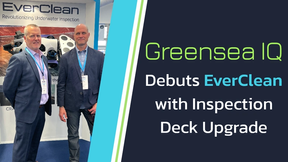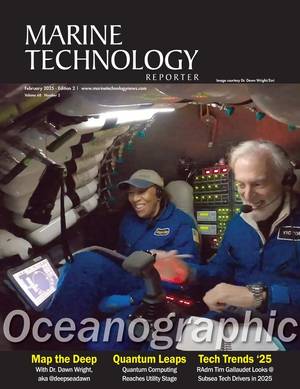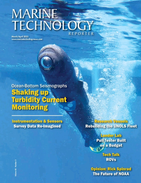UMM Photonics Mast for Virginia-class Attack Submarines
The Block III Virginia-class Attack Submarines are the most modern subs ever built. They are fast, silent and packed with state of the art technology. The Virginia-class submarines weigh 7,800 tons and are 377 feet long, with a 34-foot beam, they can reach speeds of more than 25 knots submerged. Of the many systems and sensors on board, one of the highlights is the novel Photonics mast system. Electro-optics engineers at Kollmorgen Electro-Optical and its Italian subsidiary, Calzoni have developed the AN/BVS-1 photonics mast system, which is a non-hull penetrating electronic imaging subsystem with visible light camera, infrared camera, and electronic support measures sensors, as well as stealth features that will provide new capabilities for attack submarines. This Universal Modular Mast (UMM) has been integrated and tested with the Optronic, Communications, Satcom High Data Rate and Electronic Warfare underwater sensors. Kollmorgen Electro-Optical will provide the U.S. Navy 8 AN/BVS-1 photonics mast systems for Virginia-class fast-attack submarines under terms of a $41.2 million contract.
A photonics mast is different from a traditional submarine optical periscope in that the photonics mast does not penetrate into the submarine's hull. Instead, it rises in a telescoping motion and only penetrates the submarine’s sail and not the pressure hull. Sensors on the photonics mast interface to a remote-control console aboard the submarine. Output from the photonics mast system can go to workstations, and can be networked throughout the submarine. Each Virginia-class submarine will have two AN/BVS-1 photonics masts. Using a non-penetrating electro-optical system, rather than an optical periscope, gives submarine designers flexibility in locating the vessel's sail, as well as in the boat's control room and other interior layouts.
Sensors mounted on the photonic mast include low-light television (LLTV), thermal imager, and laser rangefinder. The UMM allows the submarine sensor suite to perform surveillance, intelligence gathering, and electronic warfare, with a multispectral suite of a color and a monochrome high-definition TV cameras, a mid-wave infrared staring sensor, eye-safe laser rangefinder, as RF sensors. The latest addition to the Virginia class the John Warner (SSN 785), was christened by the U.S. Navy on September 6th, at Newport News Shipyard in Newport News, Virginia.
Features
- Modular Concept
- Re-configurable with different Sensor Packages
- Built-in closure doors actuation system
- High speed at periscope depth
- High elevation stroke
- Noiseless raising/lowering control
- RAM Coating option
- Drop-in/Drop-out installation
- No alignment required
- Low Life-Cycle Costs
Benefits
- Significant improvements in environmental performance, integration, stealth and reliability
- Versatile approach, one design adapts to all above water sensors/antennas
- Growth - Payloads Mast
- FMF (Foreign Military Financing) qualified hardware
- Lowers life cycle cost
- Simplifies logistics & support
- Simplifies ship construction
Specifications
- OPERATING SPEEDS: 12 knots (16 knot survival)
- REQUIREMENTS: Exceeds MIL A 23836
- SHOCK UNDEX: Shock Resistance
Sources: Naval Sea Systems Command, Kollmorgen, Calzoni













































 February 2025
February 2025



